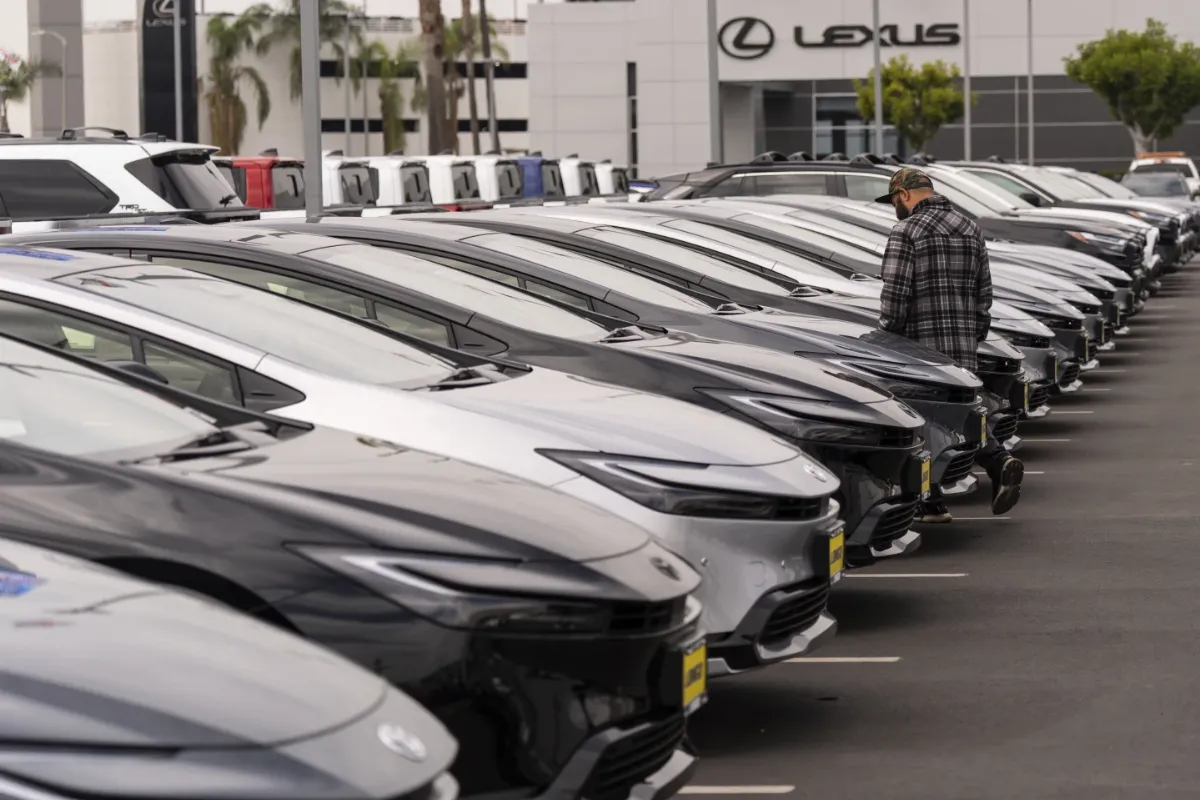
Trump’s Auto Tariffs Set to Drive Up Car Ownership Costs Across the U.S.
President Donald Trump’s 25% tariffs on auto imports, starting April 3, 2025, are set to increase car ownership costs across the U.S. Aimed at boosting domestic manufacturing, the policy could raise prices for new cars, repairs, and insurance, even for those not buying a vehicle soon.
The tariffs target imports from countries like Mexico, Canada, and China, adding thousands to the cost of foreign-made cars. Repairs will also get pricier, as many parts, such as engines and transmissions, come from abroad. Jessica Caldwell of Edmunds notes, “Most repairs use imported parts, and tariffs will hike those prices directly.” The White House predicts $100 billion in annual revenue, but economists warn of supply chain disruptions.
Desiree Hill, who runs Crown’s Corner repair shop in Georgia, already feels the strain. A German part for a 1960 Opel Rekord was canceled due to tariff fears. “I can’t find it here,” she says. “With half my work on foreign cars, I’ll have to raise prices.” About 60% of U.S. auto parts are imported, per the APCIA.
Dealers like Joshua Allrich of Allrich Auto in Atlanta foresee challenges too. “Economy cars will cost more,” he says, expecting a pre-tariff sales rush before prices climb. Skyler Chadwick of Cox Automotive adds that used-car repairs will push resale costs up. Some may stockpile parts, but small businesses hesitate with Trump’s on-off tariff history.
Insurance premiums, already up 14% in 2023 and 12% in 2024, per the Insurance Information Institute, could rise further. The APCIA estimates a $7 billion to $24 billion annual claims cost increase, hitting rates in 12 to 18 months. “It’s a full ownership cost rise,” Caldwell says.
Repair prices have been climbing due to labor and tech costs, and Edward Salamy of the ABPA warns tariffs will worsen limited part options. As April looms, the auto industry braces for higher costs, leaving drivers to pay more to stay on the road.
Stichworte







